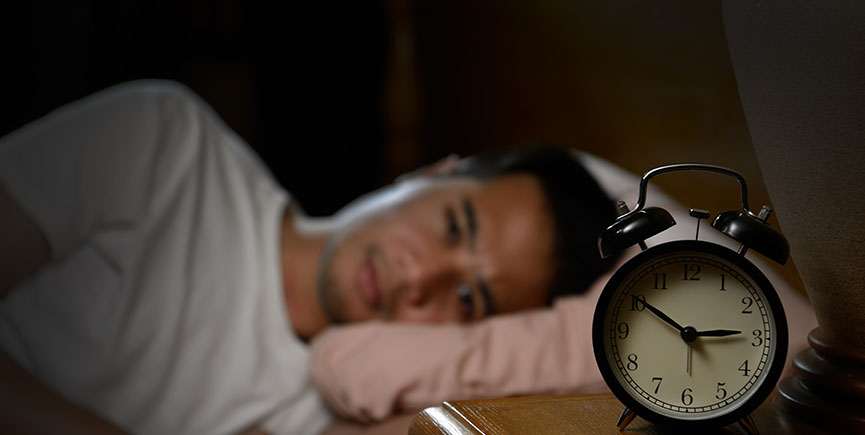What Is A Sleep Study And How Does It Work

What Is A Sleep Study And How Does It Work
The best way to diagnose a sleep disorder is going to a sleep study center. So, what exactly is a sleep study? How is it carried out? How does it diagnose any disorder relating to sleep? Well, this article will tell you just that.
What Is A Sleep Study?
A sleep study is also known as polysomnography. It is a test carried out to identify and diagnose different sleeping disorders. It is a study which is carried out either for an entire night or it can be carried out for several nights on a stretch, depending on the type of sleeping disorder the doctor wants to diagnose.
How Is A Sleep Study Carried Out?
A sleep study or polysomnography is carried out in a room which is comfortable and dark enough for sleeping. There are also some technicians present in the room. There is a lot of equipment in the room, like blood pressure monitors, electrocardiogram monitors, breathing monitors, oxygen saturation monitors, etc.
You are usually asked to arrive some hours before you normally fall asleep, and you can also bring your personal items as well, if you use any for sleep. You can either sleep in hospital clothes or in your sleepwear, it totally depends on you. You are then asked to lay down comfortably on the bed in the sleeping room.
Before you are ready to go to sleep, some technicians will put sensors, leads and clips on you, which will monitor your heart rate, oxygen levels in your blood, breathing pattern, eye movement, etc.
You don’t need to be intimidated by the number of sensors and leads on your body, since you will still feel comfortable to move around while sleeping.
The sensors are also very comfortable, and you will not even feel them on your body. These sensors are very necessary to be able to diagnose any kind of erratic behavior in your breathing, eye movement, oxygen levels, etc.
What Diseases Can Be Diagnosed by A Sleep Study?
A sleep study or polysomnography is a diverse test which is used to diagnose the following disorders related to sleep.
Sleep Apnea
Lowered oxygen levels in your blood during a sleep study may mean that you have sleep apnea. In sleep apnea, your airways get blocked and you are not able to breathe, which means that the oxygen levels in your blood starts to deplete. This can be identified easily by a polysomnography or a sleep study.
Restless Leg Syndrome
You don’t need any special sensors to identify restless leg syndrome or restless limb syndrome. You can easily tell when the patient is sleeping, if he/she moves their limbs too much and you can see some brain activity which is causing your limbs to move.
Insomnia and Sleepwalking
Insomnia can be identified with the patient not being able to fall asleep. Sleep walking will make the patient able to walk without being conscious. The brain is conscious during sleep walking, but you are physically in a trance-like state. This can be identified by the brain activity sensors.
Equipment Used in A Sleep Study
The different equipment used in a sleep study or polysomnography are:
- ECG, also known as electrocardiogram, is used to record heart rate and rhythm.
- EEG, also known as electroencephalogram, is used to track the brain activity.
- EMG, known as electromyogram, is muscle activities like face twitches, blinking, teeth grinding, leg movement etc.
Nasal airflow sensor, which measures the airflow, useful in diagnosing sleep apnea.
Snore microphone, which records your snoring pattern and behavior.
After A Sleep Study
After the night is over, the technicians come in your room and remove all the sensors and leads from your body. The results are tracked on a regular basis all night long. Afterwards, the papers and tracks from your sleep are sent to the doctor. The doctor goes through them and makes a proper diagnosis for your sleeping disorder.
There you have it! Now you know everything there is to know about a basic sleep study, how it diagnoses different sleep disorders and how it is carried out. You should now search for some good sleep clinics which provide industry standard sleep study services with the help of sleep specialists.

